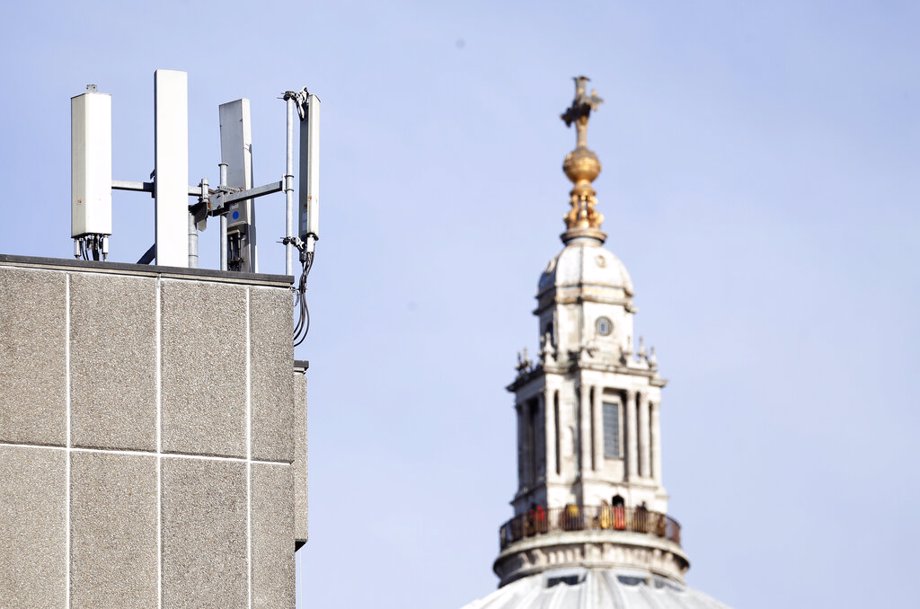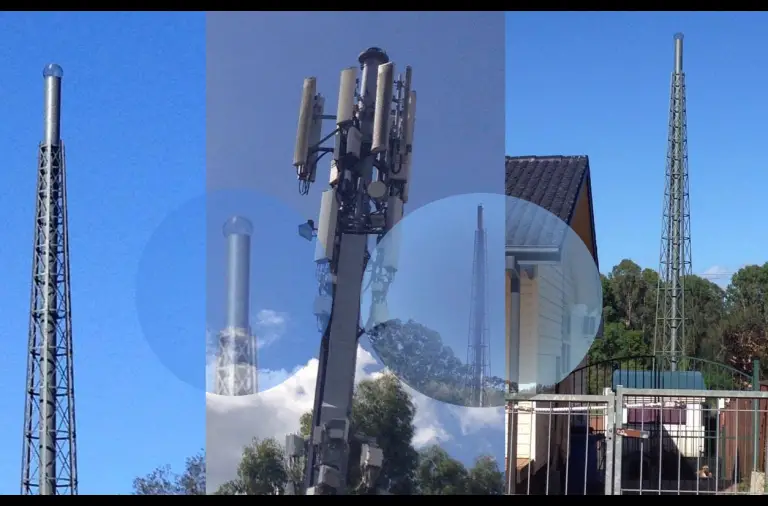If you've ever been through a town you might have noticed tiny cell towers for 5G on the poles of street lights. They appear like tiny boxes, but they're actually broadcasting wireless signals from cellular providers to your phone.
These smaller towers are replacing the larger, purpose-built cell towers. Although they're not as visible, they still can cause problems for people.
A Federal Communications Commission's Radiation Exposure Thresholds
The FCC's Radiation Exposure Thresholds determine the safe limit at which one can expose to electromagnetic energy from wireless devices. The exposure limits are based upon scientific research which show that the energy of RF could be harmful to health.
The absorption rate specific (SAR) is an indication of the amount of radiofrequency energy that is absorption by tissues. It's usually 1.6 milliwatts per kilogram spread over a gram of tissue.

Since 5g is able to transmit at higher frequencies this could be able to cause greater energy intensity on the skin and other directly-exposed body parts. This could result in a wide range of possible harms, like the appearance of skin conditions such as dermatitis and cataracts and skin cancer.
Due to the possible harmful effects of radiation from 5G, PSU has chosen to create a general maximum power density of four mW/cm2 based on the average over 1 cm2, but not exceeding 30 minutes for all 5G services at 3000 GHz. This localized limit is in accordance with the highest SAR spatial-average of 1.6 W/kg, averaged over one 5 grams of body tissue, at 6 GHz.
The FCC's Maximum Exposure Thresholds
If you've ever used a cell phone, then you're aware that a safe location from the tower is at least 400 meters away. This is because the power of transmission from the cell tower is significantly increased the further away the tower is.
While it sounds like something that's good but the truth is that people who live close to towers may actually be more vulnerable to health problems. For instance, a 2014 study in India found that residents who lived within 50m of cell towers had much more health problems than those living further distance from them.
living near cell tower found that people who moved to areas further away from cell towers noticed their symptoms improve within a few days. Studies have also revealed that exposure to high levels of radiofrequency electromagnetic fields (EMFs) can lead to cancer, brain tumors as well as other health issues.
This is due to the fact that radiofrequency radiation, used for wireless communication, has the ability to penetrate the human body's outer layer of skin. It is crucial to know because the skin acts as a protective barrier against mechanical injury, infection from pathogenic microorganisms, as well as the entry of harmful substances. It is also the biggest organ of the human body, and is accountable for protecting other organs.
The FCC's Minimum Exposure Thresholds
The FCC's Minimum Exposure Thresholds rely on several assumptions that aren't supported by scientific evidence. These include the erroneous assumption that exposures to RF radiation are safe because of the minimal absorption into body (i.e. the heating of tissues).
The assumption is also ignoring the greater penetration of ELF elements of modulated radio signals, as well as the consequences on the body of short bursts generated by RF waves that are pulsed. These assumptions do not correspond with the current understanding of biological effects of RF radiation, and thus they shouldn't be relied upon for health-protection exposure guidelines.

Additionally to that, ICNIRP and FCC restrict their maximum radiation limits for local peak SARs based on the maximum frequency of absorption (psSAR) that is an inadequate dosimetric tool for determining the level of exposure to RF radiation. In particular the psSAR tool is not accurate when frequencies exceed 6 GHz. Furthermore, psSAR has not been evaluated for RF radiation that is exposed to other environmental agents such as sunlight. In the event of interactions, RF radiations with different environmental agents could cause synergistic or antagonistic results. This would result in the risk of having adverse health consequences. For example, co-exposure to RF radiation and sunlight could increase the risk of skin cancer, and may also exacerbate other skin diseases such as acne.
